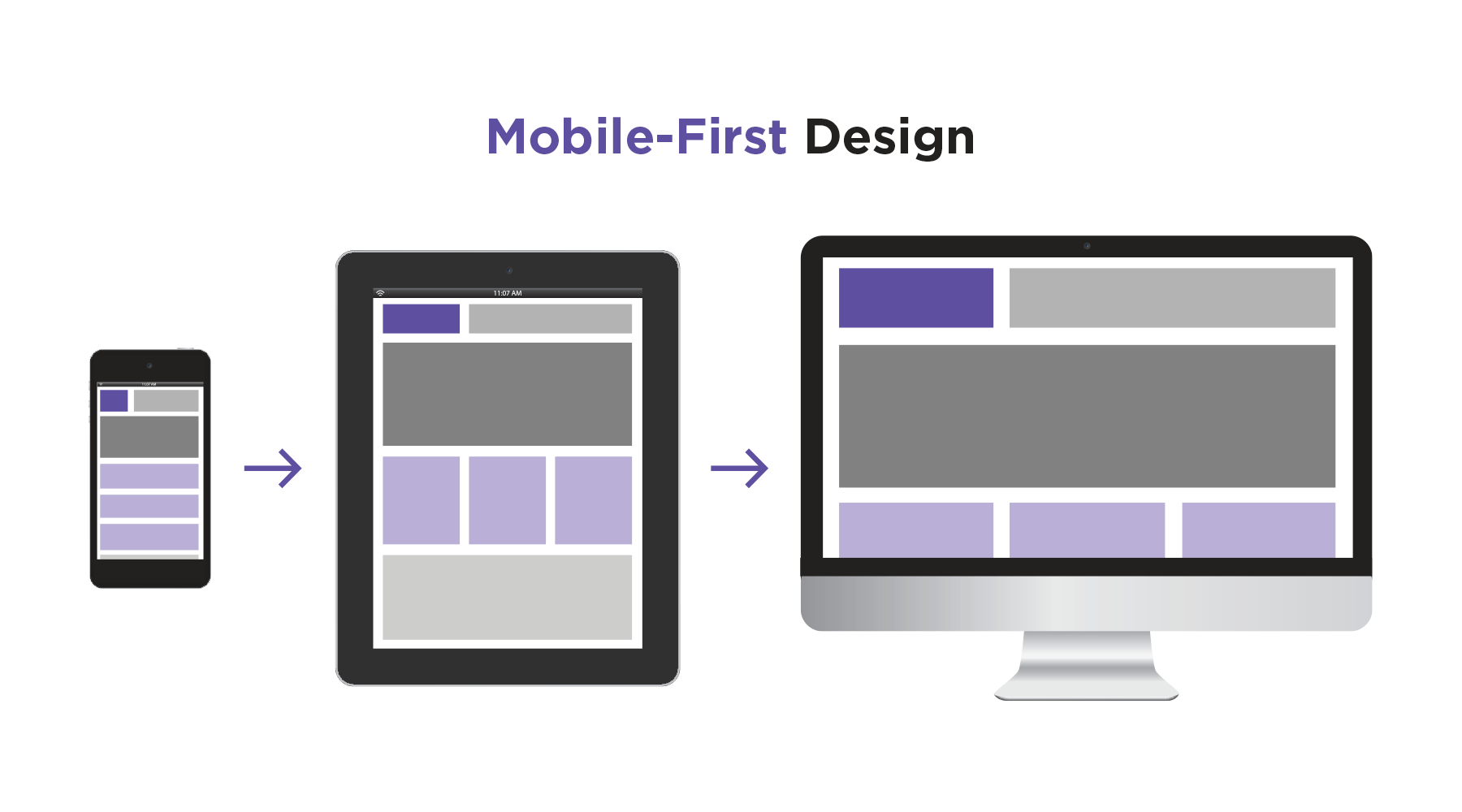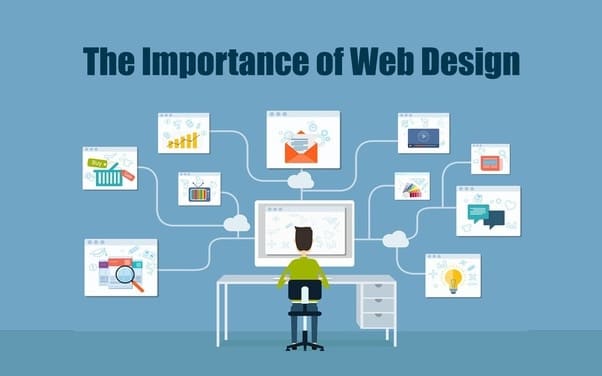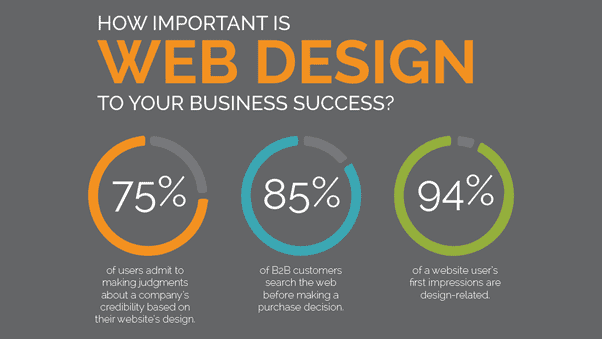Responsive vs. Mobile-First Design: How is One Different from the Other?
Over the years, mobile phone usage has increased dramatically. Case in point: in 2011, more people owned mobile phones than toothbrushes! In 2021, the number of smartphone users has grown to a staggering 3.8 billion. This translates to over 48.20% of the population.
The World Advertising Research Center (WARC) report indicated that close to 2 billion people use their phones to browse the internet. People also use their smartphones to access social media, emails, music, games, and others. By 2025, a projected 72.6% of people will use their phones to access the internet.
The statistics above highlight the importance of creating web pages that function well on mobile devices. Clearly, you need more than just creative web design to ensure your site visitors have a pleasant browsing experience. It’s safe to assume mobile browsing is here to stay. That said, you need to keep mobile users in mind in your web marketing efforts.
Responsive Web Design vs. Mobile-First Design
How is responsive web design different from mobile-first design? Which approach is right for your business? To answer this question, you need to first determine your target audience. You also need to factor in the actions you want them to do and how they access your website.
Are they accessing your site on their desks, or are they on the move? Are they using a 3G connection or WiFi? Once you know the answers to these questions, it’s easier for you to figure out which of the two suits your needs best. Unfortunately, there is a bit of confusion when it comes to these two concepts.
Many assume the two are the same. However, they are two different things. For starters, while a mobile-first website is always responsive, a responsive site is not always mobile-first. Mobile-first is a technical approach, while responsive web design is a deliberate design choice focused on how people interact with mobile devices.
Learn more about our web design services here.

Responsive Web Design in a Nutshell
Responsive web design will respond to changes in device display sizes. So when your website is displayed on a smartphone, you will see different dimensions compared to when you view the site on your laptop, desktop, or tablet.
You can liken responsive web design to water—it fits into whatever you pour it into. Since it shifts content to fit other devices rather than focus on the visitors’ experience on those devices, the mobile experience is deemed lacking.
A website is of the utmost importance to your business.
Mobile-First Web Design in a Nutshell
On the other hand, mobile-first is considered a proactive approach to web design. It is not only about creating a website that works on mobile devices, it is also about creating a design that’s primarily for users on mobile devices.
Key Features of Mobile-First Design
1. Expandable “Hamburger” Menu
When browsing using your phone, it would be annoying to open multiple tabs. Unfortunately, many responsive websites will require you to click multiple times just to navigate a single interior page. A mobile-first design can improve the navigation process significantly.
For instance, some websites use an accordion-style navigation menu to give visitors a preview of what they can find in each section. It is also more user-friendly since they can simply scan the sections and directly access the information they need.
2. Larger Buttons
Mobile phone users navigate websites using their thumbs. That said, the mobile-first design pays special attention to anything the visitors are supposed to click. This means hyperlinked sections are larger, buttons are more prominent, and items in a clickable list are spaced further apart.
3. Consolidated Content
When it comes to the mobile experience, less is more. While responsive websites will condense all content on a desktop, it is not typically conducive to those visitors who use their mobile phones. Mobile-first websites will simplify bulky content and present information in a way mobile users will find engaging.
4. Larger Font Sizes
The text size is also crucial in reading comprehension. To further improve readability on mobile-first websites, font sizes are no smaller than 16 pixels. This is important, so mobile users won’t need to zoom in just to read the content.
When it comes to header texts, going larger is recommended. The bottom line is to make information and content easy to scan to find what they are looking for right away. Large headings can also be used to separate content into scannable sections.

Responsive vs. Mobile-First Design: Key Difference
The primary difference between the two is how the designer approaches the website. A mobile-first design is created and executed in tandem with the desktop site. In other words, it involves making proactive changes to the website’s overall design to ensure the mobile experiences can mimic the desktop experience. On the other hand, a responsive design is reactive. This means the design moves fluidly to fit devices.
Final Thought
While both designs can make websites more accessible on various devices, a mobile-first experience is considered better as it provides a more favorable user experience. This can be attributed to the fact that many important factors are considered during the design process, including load time, font size, and the use of white space. If unsure which of the two your site and brand needs more, invest in the services of an expert so you can be guided accordingly.









